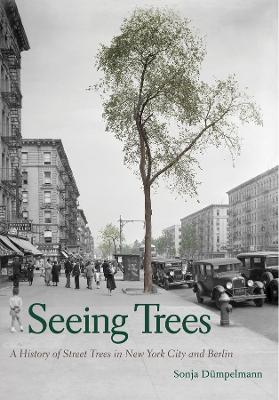A fascinating and beautifully illustrated volume that explains what street trees tell us about humanity’s changing relationship with nature and the city
“A deep . . . dive into urban society’s need for—and relationship with—trees that sought to return the natural world to the concrete jungle.”—Adrian Higgins, Washington Post
Winner of the Foundation for Landscape Studies' 2019 John Brinckerhoff Jackson Prize
Today, cities around the globe are planting street trees to mitigate the effects of climate change. However, as landscape historian Sonja Dümpelmann explains, the planting of street trees in cities to serve specific functions is not a new phenomenon. In her eye-opening work, Dümpelmann shows how New York City and Berlin began systematically planting trees to improve the urban climate during the nineteenth century, presenting the history of the practice within its larger social, cultural, and political contexts.
A unique integration of empirical research and theory, Dümpelmann’s richly illustrated work uncovers this important untold story. Street trees—variously regarded as sanitizers, nuisances, upholders of virtue, economic engines, and more—reflect the changing relationship between humans and nonhuman nature in urban environments. Offering valuable insights and frameworks, this authoritative volume will be an important resource for years to come.
- ISBN10 0300225784
- ISBN13 9780300225785
- Publish Date 12 February 2019
- Publish Status Active
- Publish Country US
- Imprint Yale University Press
- Format Hardcover
- Pages 336
- Language English
- URL http://wiley.com/remtitle.cgi?isbn=9780300225785
